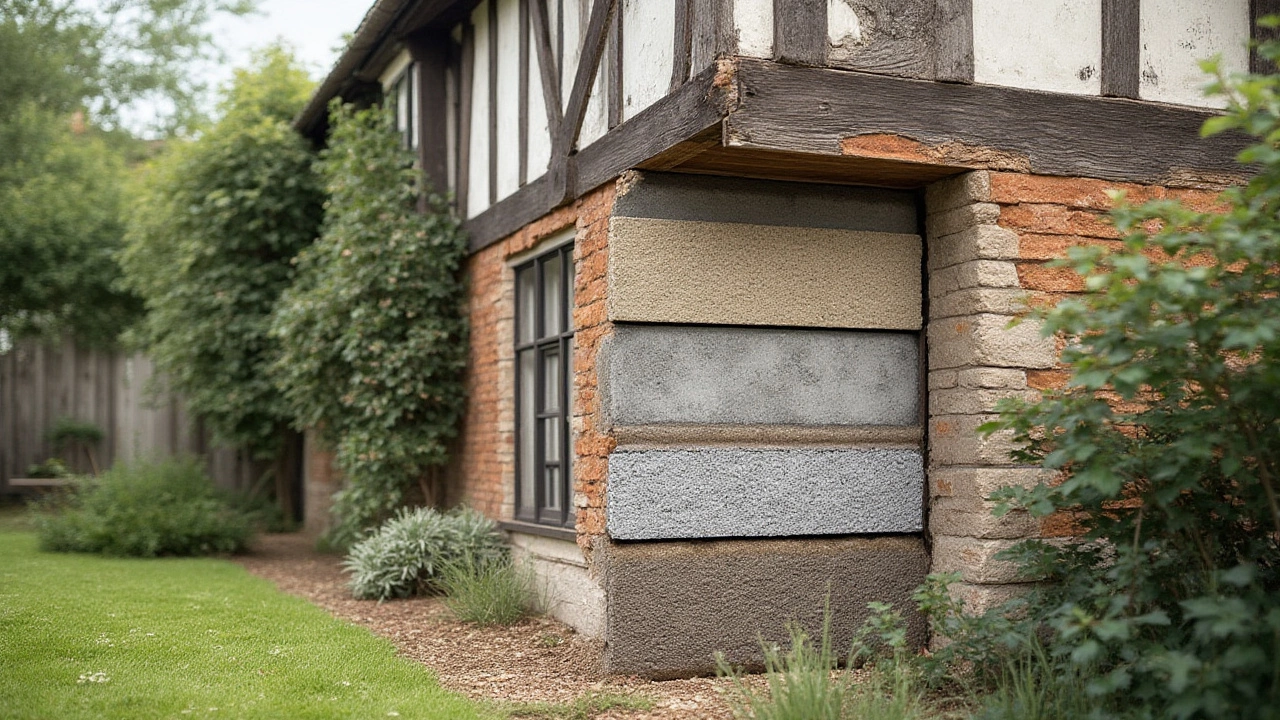Foundation Repair Tips: Keep Your Home Stable
If you notice uneven floors, doors that stick, or cracks in walls, your foundation might be sending out a signal. Ignoring these clues can lead to bigger, costlier problems down the line. The good news? Many issues can be tackled early with straightforward steps, and you’ll know exactly when to bring in a specialist.
Spot the Warning Signs Early
First, walk around your house and check for horizontal cracks in the foundation wall – these are the most common red flag. Look at interior walls for hairline cracks that form a stair‑step pattern, and keep an eye on windows that start to warp. Outside, check if the soil around the base is consistently damp or if you see puddles after rain. A sagging porch or a sloping floor isn’t just annoying; it’s a sign the ground beneath is shifting.
DIY Fixes You Can Try
For minor cracks (under a half‑inch wide), a simple epoxy filler does the trick. Clean the crack, apply the filler according to the package, and smooth it with a putty knife. If the issue is moisture, improve drainage by adding a French drain or extending downspouts away from the foundation. You can also seal small exterior gaps with a waterproofing sealant to stop water from seeping in.
When the soil is the culprit, consider a “soil stabilization” approach. Mix lime or cement into the soil around the slab to increase its load‑bearing capacity. This is a low‑cost method that works well for shallow foundations, but be sure the area is dry before you start.
When to Call the Pros
If cracks are wider than a quarter‑inch, or if you see horizontal cracks that keep growing, it’s time to call a foundation expert. Professional contractors can perform a “piers” installation – steel or concrete supports driven deep into stable soil to lift and hold the slab. This solution may sound pricey, but it protects the entire structure and can boost property value.
Another scenario that needs a pro is when you notice large gaps between walls and the floor, or if the house settles unevenly after a heavy rainstorm. A structural engineer can assess load distribution and recommend the right repair method, saving you from costly mistakes.
Budgeting for Repairs
Cost varies widely. DIY patches for tiny cracks can be under £50, while full pier installations typically range from £2,000 to £8,000 depending on house size and soil conditions. Get at least three quotes, ask each contractor to explain their process, and check reviews before deciding.
Finally, keep records of all repairs and inspections. A well‑documented maintenance history not only helps you stay on top of future issues, it also reassures potential buyers that the foundation is sound.
Bottom line: early detection, simple DIY fixes, and knowing when to bring in a pro are the three pillars of smart foundation repair. Follow these tips, and you’ll keep your home steady without breaking the bank.

